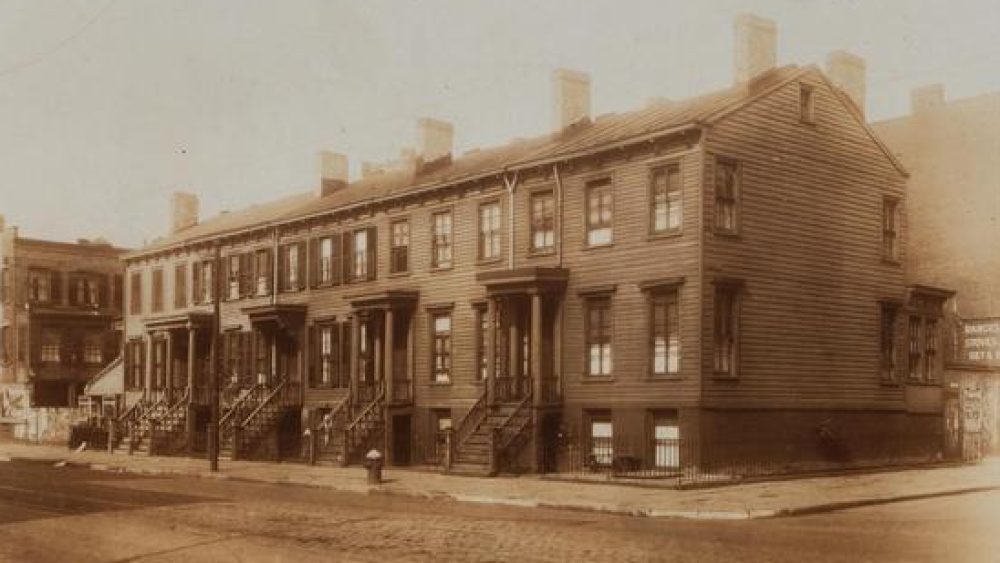
IT’S LIKE eBAY NEVER HAPPENED at the vast Mid-Century Furniture Warehouse in Philadelphia, where larger-than-life opera props jostle with well-made 1960s American case goods by such companies as Lane and Drexel, and new, retro-style upholstered furniture and dining sets made in China and Vietnam.

Twelve thousand square feet and the place is still layered to the rafters. In a back room, countless chrome lamps and wood pieces await rewiring and refinishing.




Owner Brian Lawlor, who has been in the vintage furniture business for a long time and in the moving and storage business before that, is not fazed by the possibility of having to move further north as runaway development approaches his present location on N. 2nd St. and Cecil B. Moore in Olde Kensington. (That’s Brian, below, displaying his “Best Scavenger” trophy from Philadelphia magazine.)

He has been in this enormous garage for seven years, and has done the auction route as well, but now prefers to sell from his website, by appointment and to the public — for a mere three hours every other Sunday (the next sale is November 18 from 12-3).

Customers line up before noon on alternate Sundays to get a sheet of “Sold” stickers. When the doors open, they dash around and place them on the pieces they want to purchase.
To this jaded New Yorker, Philadelphia’s vintage-modern scene feels practically undiscovered, refreshingly un-picked-through.
Have a look at the Mid-Century Furniture Warehouse website, the FAQs and the handy “Insiders Guide” to nearby restaurants and points of interest, for those who want to make a day of it. ##






































